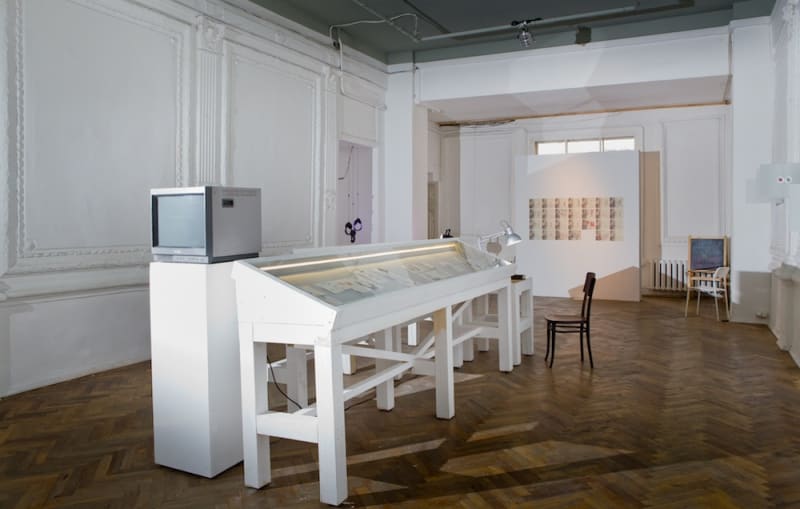Anastasia Potemkina studies the liberating practices of daily life. She is interested in a way of subverting the course of nature and destroying the repressive component of ordinary routine by means of elementary common rituals. She shows how human behavior based on fears andcomplexes is imposed by patriarchal cultural codes and official mass culture. The feature that makes this artist so special and different from other politically- or gender-oriented ones is her attempt at a positive statement, in other wordsa specific search for an alternative. Presented with an absurd worldview the audience isprompted to note that it’s absolutely the sameas that which everyone faces in day-to-day life without noticing. And then with the helpof various techniques, misusing objects andproviding them with unfamiliar characteristics, carrying out a surreal invasion a la Bunuel, the artist finds the absurd alternative that is to bethe most effective therapeutic agent in the particular case. Sometimes direct criticism isused to expose the senseless and unnecessary circumstances which the spectators have to make sense of themselves. As for the rest, Potemkina suggests the mutual battle againstthe forces of horror as described in Yulia Khristeva’s book of the same name.
Andrey Parahikov

